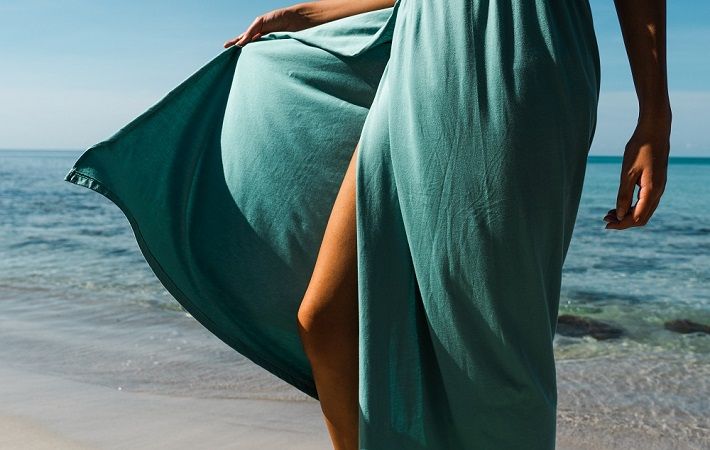The Material Sustainability Scores (MSI) for Radianza, a flagship brand for Thai Acrylic Fibre (TAF), have been published on Higg Portal. With this Radianza has become the first and only brand in Acrylic category to be on Higg Portal. The MSI Scores for Radianza were received from Higg Co in May this year after evaluation of its life cycle assessment.
The Material Sustainability Scores (MSI) for Radianza, a flagship brand for Thai Acrylic Fibre (TAF), have been published on Higg Portal. With this Radianza has become the first and only brand in acrylic category to be on Higg Portal. The MSI Scores for Radianza were received from Higg Co in May this year after evaluation of its life cycle assessment.#
“The gel-dyeing technology behind Radianza is the key driver for its superior sustainability performance. Water pollution and water consumption are two of the biggest environmental problems facing the fashion industry and conventional dyeing processes contribute immensely towards these two problems,” the company said in a press release. “In gel-dyeing, the dye is absorbed in the fibre within 4-5 seconds with close to zero discharge of unused dye and minimum requirement of water.”
The Material Sustainability Scores (MSI) for Radianza, a flagship brand for Thai Acrylic Fibre (TAF), have been published on Higg Portal. With this Radianza has become the first and only brand in acrylic category to be on Higg Portal. The MSI Scores for Radianza were received from Higg Co in May this year after evaluation of its life cycle assessment.#
The LCA study of Radianza done by thinkstep showed that a sweater made with Radianza requires 30 litres less water, 25 MJ less energy and 1.45 kg CO2 equivalent lesser global warming potential than the one made with conventional acrylic and dyeing process, according to the company.
The Material Sustainability Scores (MSI) for Radianza, a flagship brand for Thai Acrylic Fibre (TAF), have been published on Higg Portal. With this Radianza has become the first and only brand in acrylic category to be on Higg Portal. The MSI Scores for Radianza were received from Higg Co in May this year after evaluation of its life cycle assessment.#
“With the MSI scores of Radianza now published on Higg Portal, it is now very convenient for our customers to understand the environment impact of their products made with Radianza. They can also compare the impacts with conventional acrylic fibre and with different blend ratios – all in the Higg Portal,” Thomas Varghese, business head – textiles business of Aditya Birla Group, said in a press release.
The Material Sustainability Scores (MSI) for Radianza, a flagship brand for Thai Acrylic Fibre (TAF), have been published on Higg Portal. With this Radianza has become the first and only brand in acrylic category to be on Higg Portal. The MSI Scores for Radianza were received from Higg Co in May this year after evaluation of its life cycle assessment.#
A comparative analysis of MSI Scores of Radianza showed that that switching from conventional acrylic and dyeing process to Radianza: reduces the water scarcity potential of the fabric by 49 per cent; reduces the chemistry impact of the fabric by 44 per cent; reduces the global warming potential of the fabric by 7 per cent; reduces the eutrophication potential of the fabric by 19 per cent; and, reduces the resource depletion potential of the fabric by 16 per cent.
Fibre2Fashion News Desk (JL)
